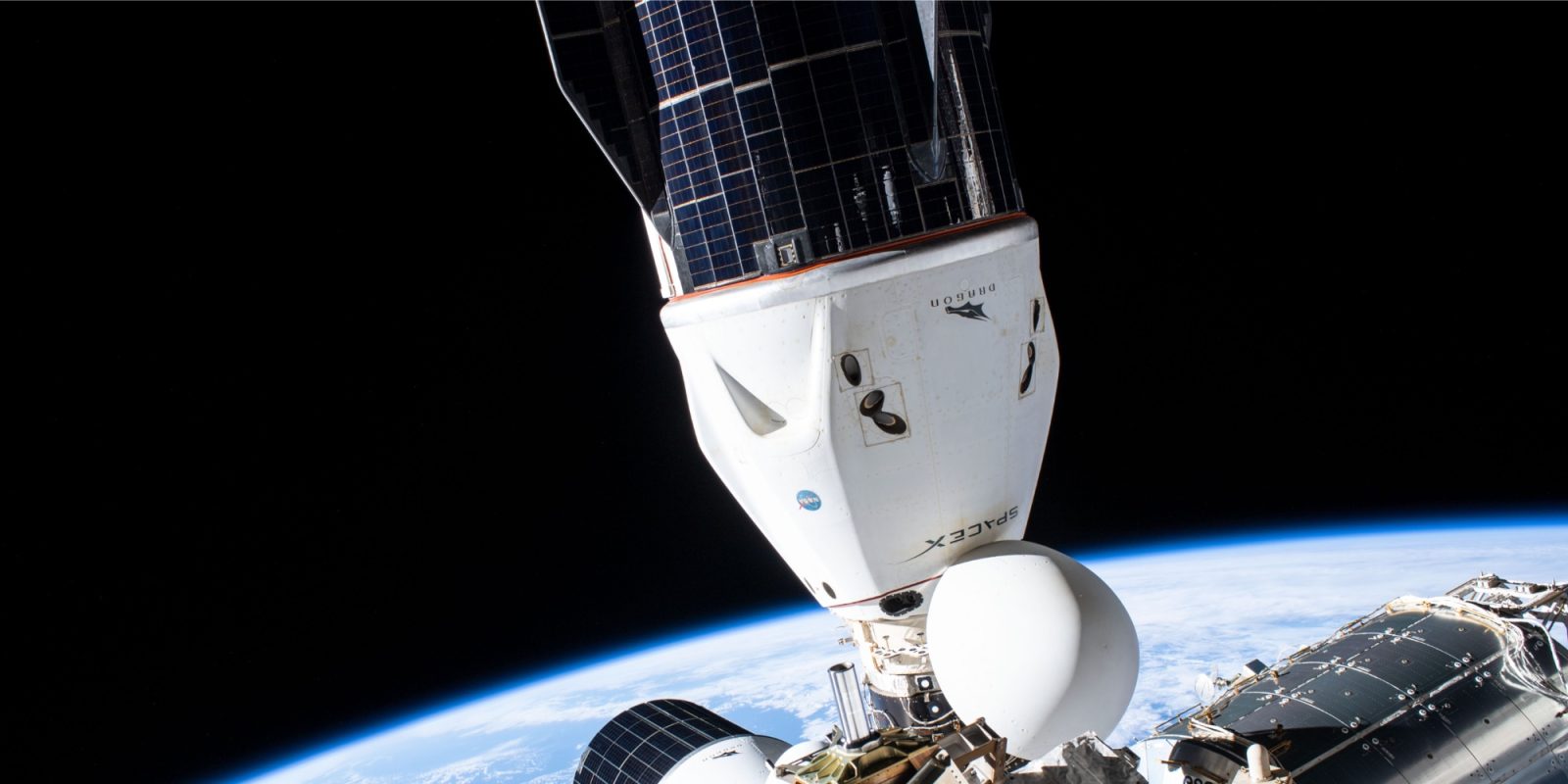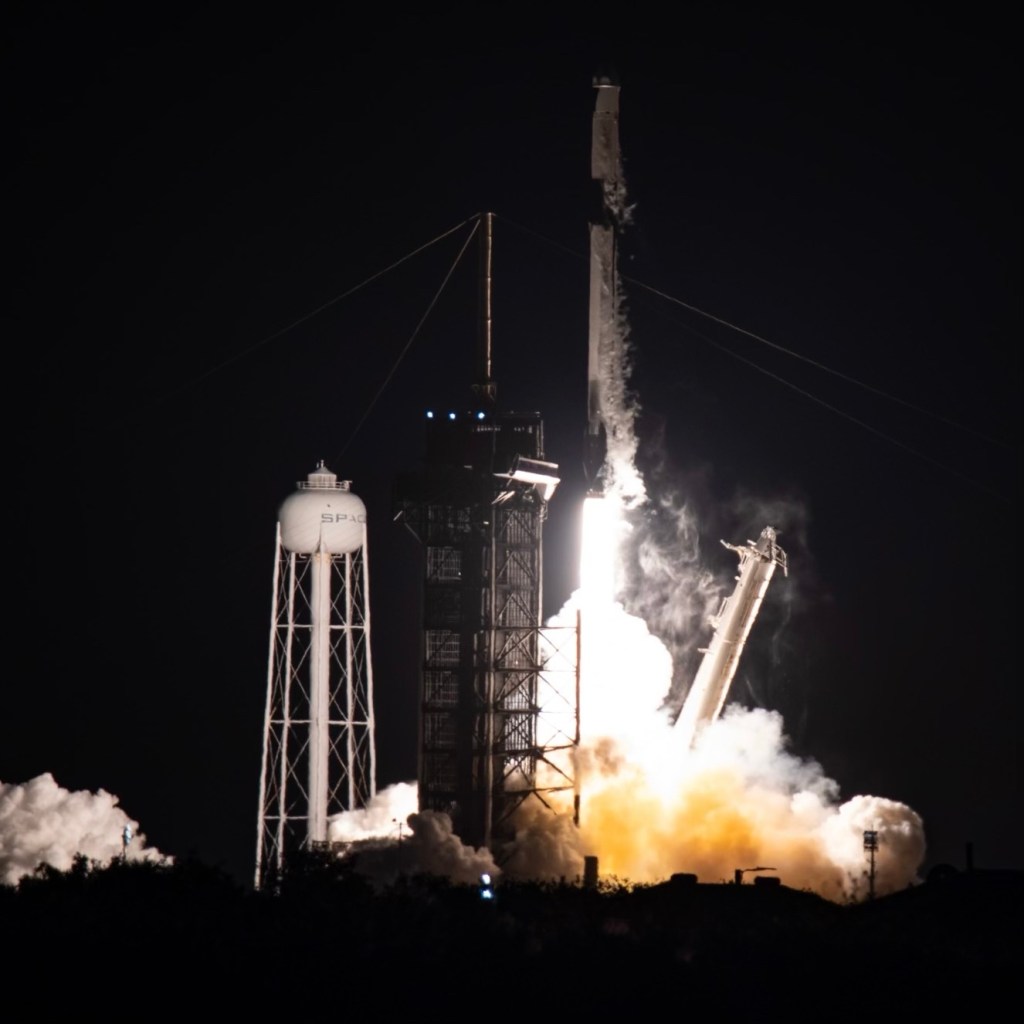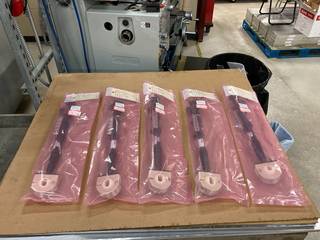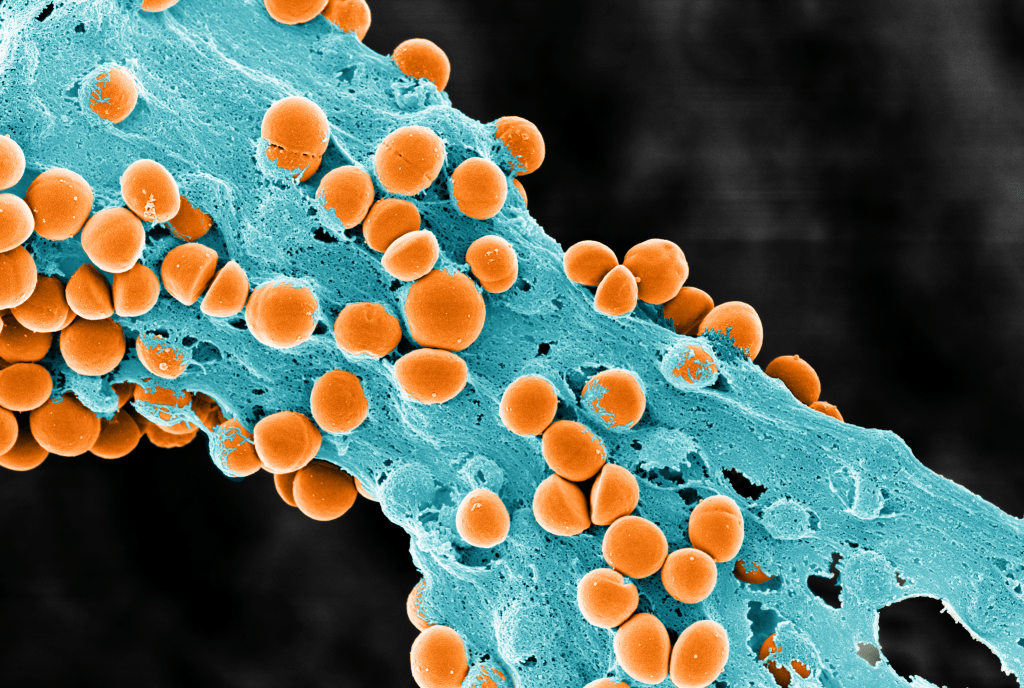
Hot on the heels of the splashdown of the Crew-5 mission, SpaceX launched the uncrewed CRS-27 Dragon spacecraft to resupply the International Space Station.
Liftoff atop a Falcon 9 rocket came at 8:30 p.m. EDT March 14, 2023, from Launch Complex 39A at Kennedy Space Center in Florida. The autonomous spacecraft is set to dock to the ISS about a day later to deliver some 6,000 pounds (2,700 kilograms) of supplies to the seven-person Expedition 68 crew living aboard the orbiting laboratory.

The Falcon 9 first stage that flew in support of this mission, B1073, successfully landed on the SpaceX drone ship “A Shortfall of Gravitas” less than 10 minutes after launch, which was positioned downrange in the Atlantic Ocean. This was the seventh recovery for this booster.
Overall, this was SpaceX’s 17th launch of 2023 — the 16th for a Falcon 9 rocket. The company plans to fly as many as 100 missions this year.
The cargo Dragon spacecraft being used for this mission is serial number C209, which is on its third use. Its previous missions included CRS-22 and CRS-24 in June and December 2021, respectively. Both were ISS resupply missions.
CRS-27 should reach the space station just before 8 a.m. EDT March 16 and will dock with the forward port of the Harmony module — the same location that the Crew-5 mission was docked for the duration of its five-months at the outpost.
Aboard the spacecraft is more than 6,000 pounds (2,700 kilograms) of supplies, hardware and experiments. Over the course of about a month the vehicle will be unloaded by the Expedition 68 crew. At the end of its stay, likely in early April, it’ll be loaded with experiments and other equipment to be returned to Earth and recovered.
Just like a crewed Dragon spacecraft, the cargo variant splashes down in the ocean off the coast of Florida for recovery.
Waiting inside CRS-27 Dragon is a multitude of experiments and technology demonstrations.
For example, the “Tissue Chips in Space” program is a collaboration between the Translational Sciences at the National Institutes of Health and the ISS National Lab, which aims to conduct studies to see if the science is there to prove that clinically tested, approved drugs help manage and reduce microgravity changes in heart cell function.
Another off Earth production, called HUNCH — the “High School United with NASA to Create Hardware” program, will enable students to produce and fabricate contributing work products for NASA as they apply science, technology, engineering matching components and design.
In this case, they are testing a HUNCH Ball Clamp Monopod, which is designed to keep cameras stable while tracking and taking images on the ground and inside the ISS, making photographic opportunities easier for applications on and off earth for various purposes.

Credits: HUNCH
“CapiSorb Visible System” will demonstrate an ability to control liquids that can absorb carbon dioxide with capillary forces created to interact with a liquid and solid, drawing fluid up a narrow tube, which is likened to water soaking into a paper towel.
These new experiments will help provide technology and information for crewed missions off Earth for designing carbon dioxide removal systems.
“Using liquid sorbents to capture carbon dioxide works great on Earth, but in microgravity, it’s a challenge,” said Co-investigator Grace Belancik. “This system’s geometry provides liquid control and passive transport in microgravity in the form of a continuous liquid flow loop.”
Another study, this one contributed by the European Space Agency, is a continuing experiment called “Biofilms,” which is testing three flights of bacteria, each one unique on three different types of metal surfaces with and without antimicrobial properties.
Microorganisms are an inherent part of the human body but shedding of these organisms can threaten sensitive flight and informational equipment on board a spacecraft as humans travel farther and for longer durations through space.
This study aims to develop protocols and materials to help minimize their impact that can be applied during space-time travel and public spaces on earth such as hospitals.

Credits: German Aerospace Center (DLR)
“Tanpopo-5” will study reactions to real-time space exposure of radiation-resistant microbes such as moss spores and biochemical compounds including amino acids, according to NASA, in a study provided by JAXA, Japan Aerospace Exploration Agency.
There were four earlier experiments that provided critical information into how space exposure can affect these types of organisms off Earth.
“Today, Earth’s ozone layer shields much of the ultraviolet radiation, but the space environment can be considered a model for primitive Earth,” said Principal Investigator Hajime Mita, Fukuoka Institute of Technology. “The space station provides an accessible exposure facility where we can achieve the same broad spectrum as solar ultraviolet radiation and the combination of cosmic and ultraviolet radiation in space.”
Ultimately, the research seeks to save other planets from human contamination and for the protected transfer of samples from other planets to Earth.
FTC: We use income earning auto affiliate links. More.



Comments